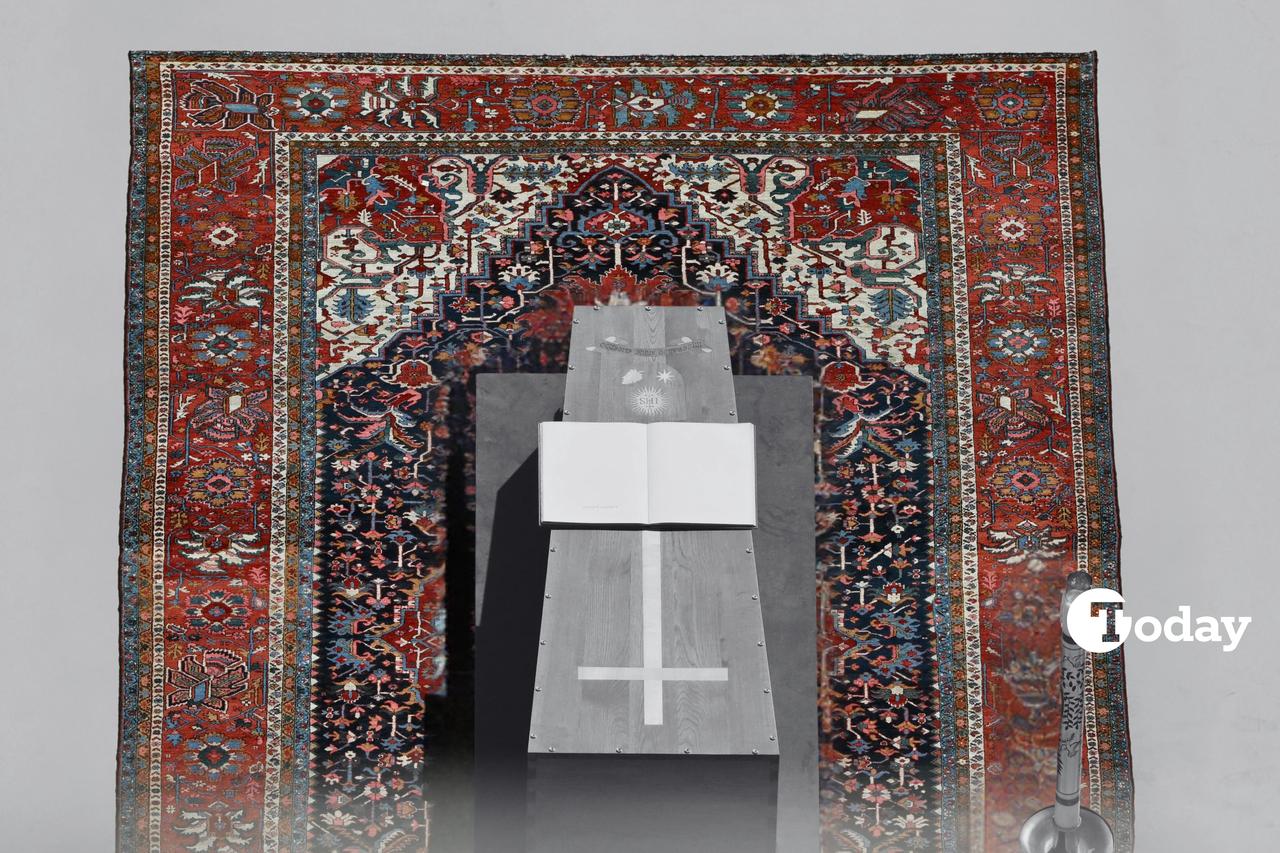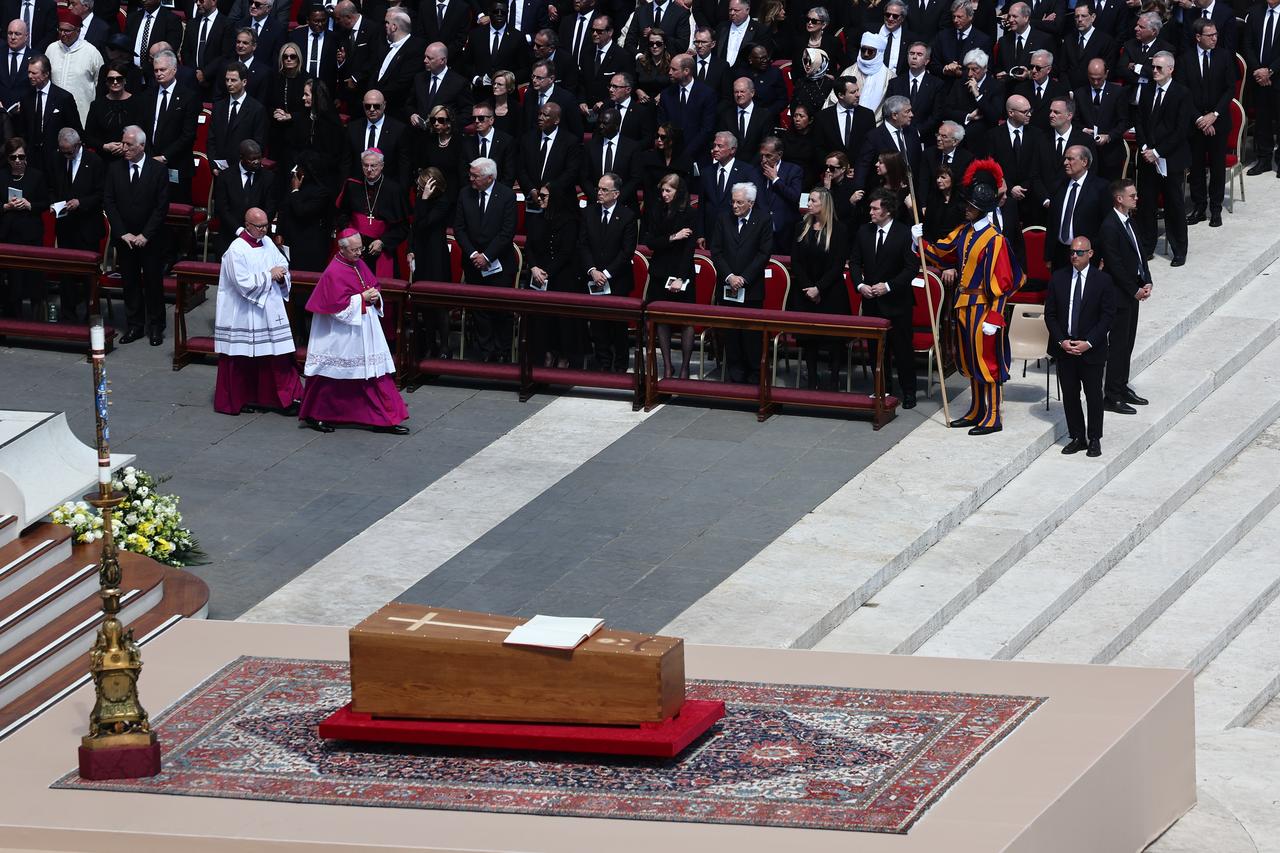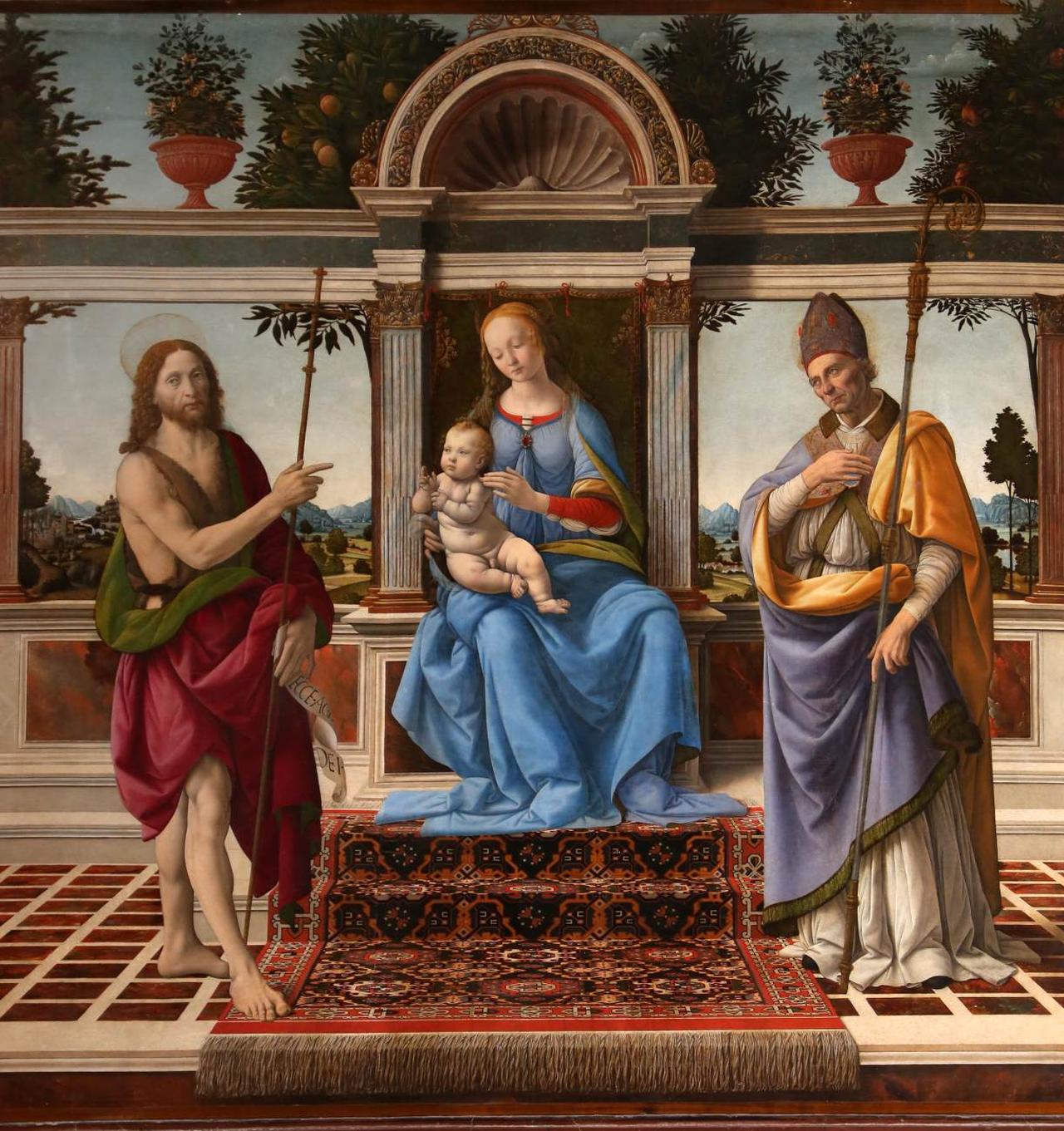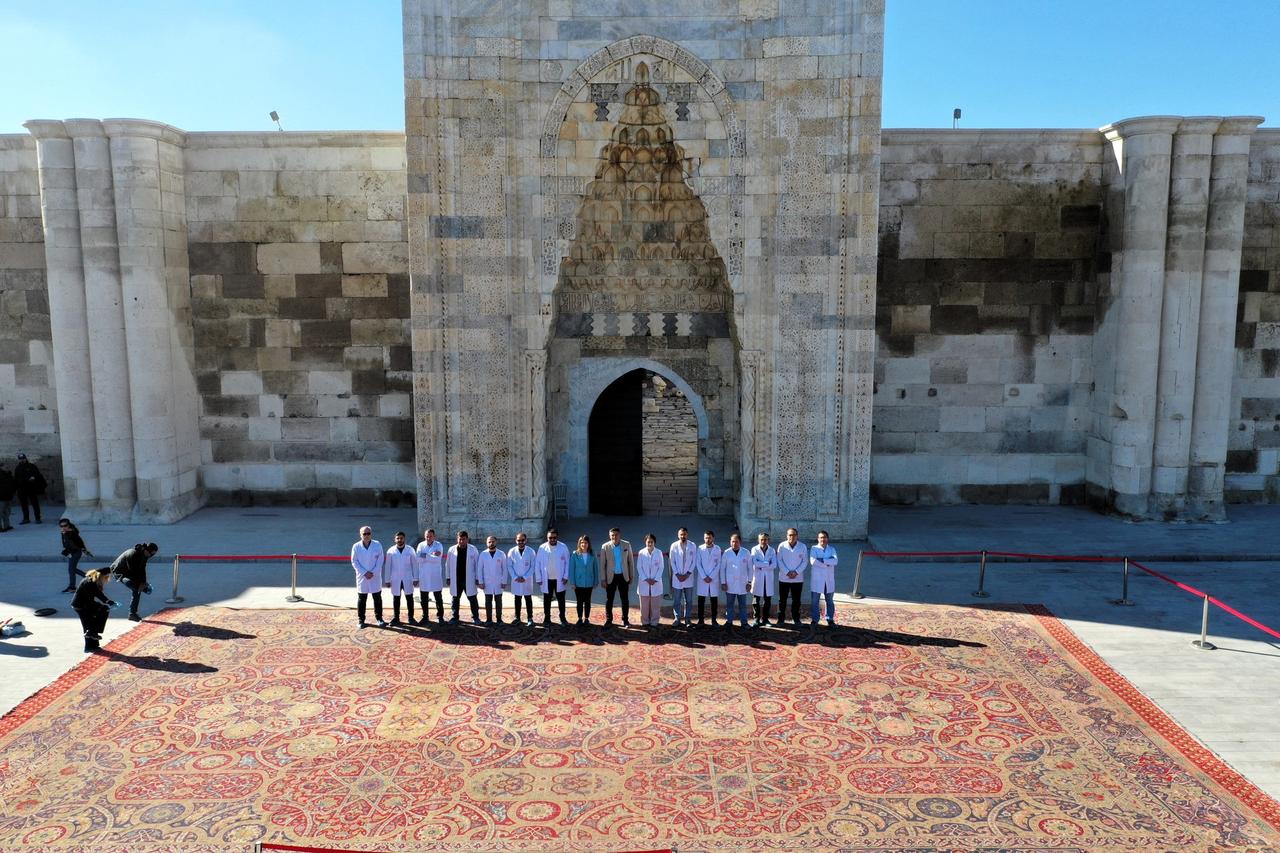
The funeral of Pope Francis on April 26 at the Vatican was attended by over 250,000 people, including more than 200 cardinals and 700 bishops and clergy members. However, beyond the solemnity and grandeur of the ceremony, one detail drew widespread attention: the ornate carpet beneath the Pope's coffin.
While some claimed the rug was Iranian, experts emphasized that it bore the hallmarks of Turkish craftsmanship. This same carpet was used during the funerals of Pope John Paul II and Pope Emeritus Benedict XVI, highlighting a long-standing Vatican tradition.

The Heriz rug from northwestern Iran, woven in a Turkish style, takes center stage once again.
According to Patronlar Dunyasi, Hakan Evin, known as the "Carpet Seller to the Stars," weighed in on the debate:
"Whether a carpet is woven in Türkiye or by ethnic Turks in Iran, the weaving tradition defines it. This is undeniably a Turkish-style carpet," he said.
Evin added that placing coffins on rugs is an ancient tradition dating back to pre-Abrahamic faiths. "The carpet symbolizes a spiritual home. It is believed to bring peace and closeness to the divine."
Woven in the Heriz region of northwestern Iran, the carpet used in the ceremony has deep historical and cultural roots. Though made in Iran, the rug reflects Turkish weaving traditions. The region's population is ethnically Turkic, and weaving styles passed down through generations mirror those of Usak carpets from the Ottoman era.

From sacred rituals to artistic depictions, Turkish and Iranian carpets hold a privileged place in Catholic tradition.
For over 600 years, carpets from Islamic geographies — especially Anatolia, Iran, and the Levant — have been featured in papal rituals, museums, and receptions. Their use isn't merely decorative. These carpets symbolize sanctity and are frequently seen beneath revered figures like the Virgin Mary in Christian artworks.
From Andrea del Verrocchio’s Madonna with Saint John the Baptist and Donatus (1475-83) to Niccolo di Buonaccorso’s Marriage of the Virgin, carpets from the Ottoman and Ilkhanid periods serve as “privileged grounds” in religious depictions. The Metropolitan Museum of Art’s 14th-century exhibits confirm this tradition’s deep artistic roots.

Woven masterpieces once offered as gifts to kings and popes continue to bridge civilizations.
Oriental carpets, particularly from Ottoman lands, dominated European markets in the 16th century. Later, Safavid Iran and Mughal India entered the global scene. These carpets weren’t just trade goods — they were powerful diplomatic tools, symbolizing mutual respect between East and West.